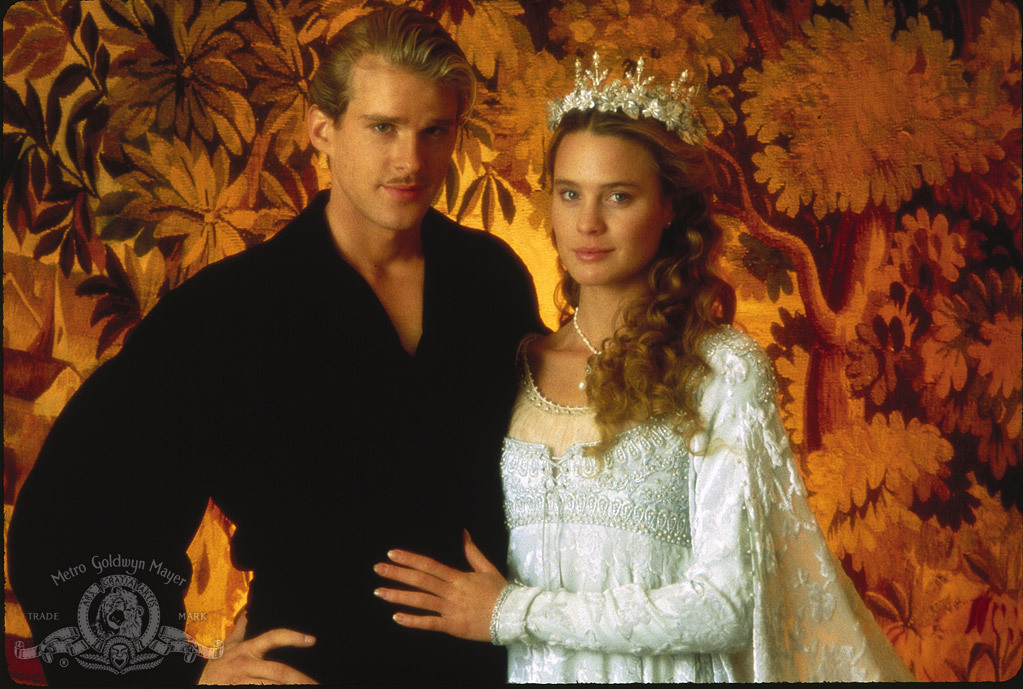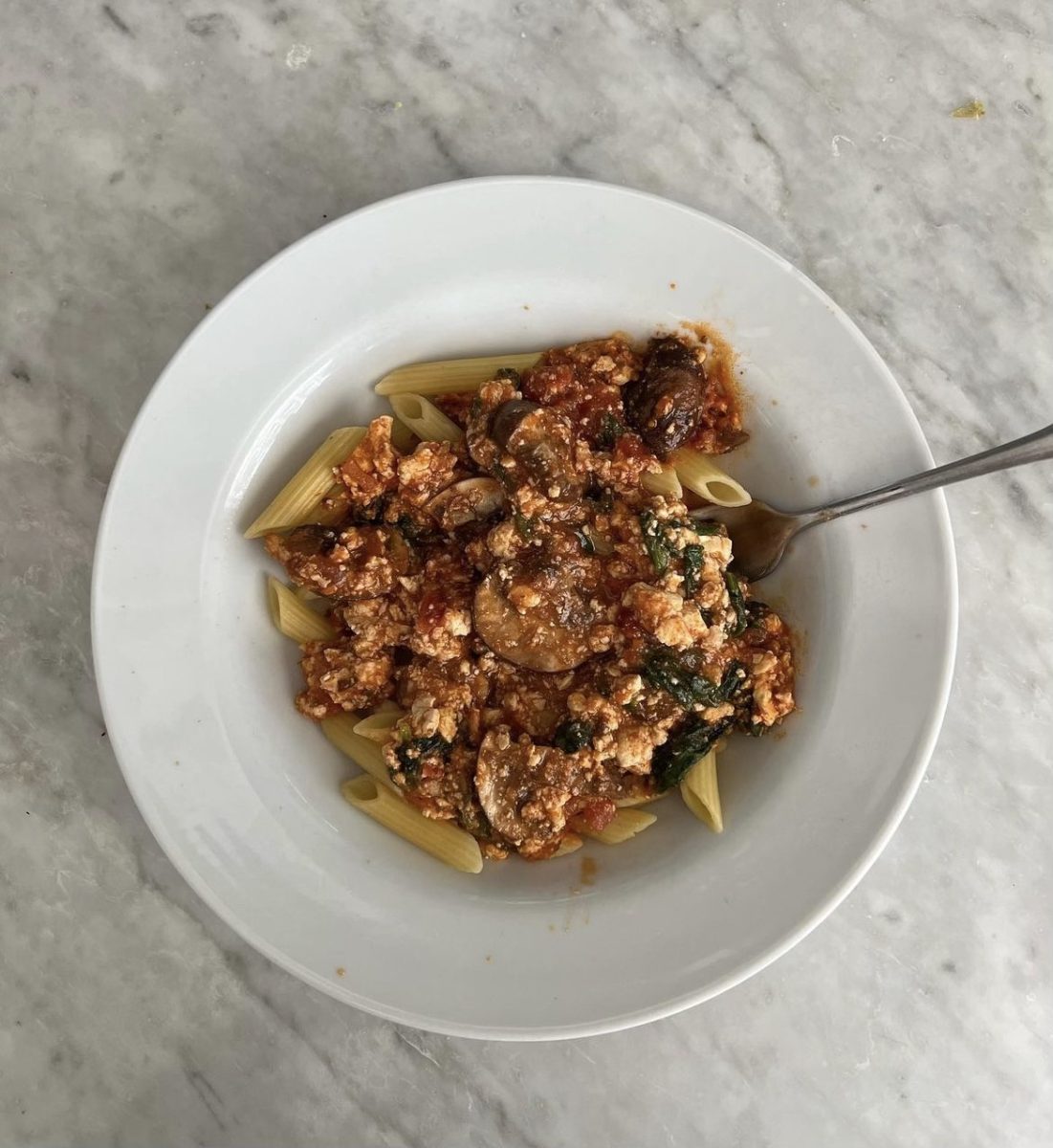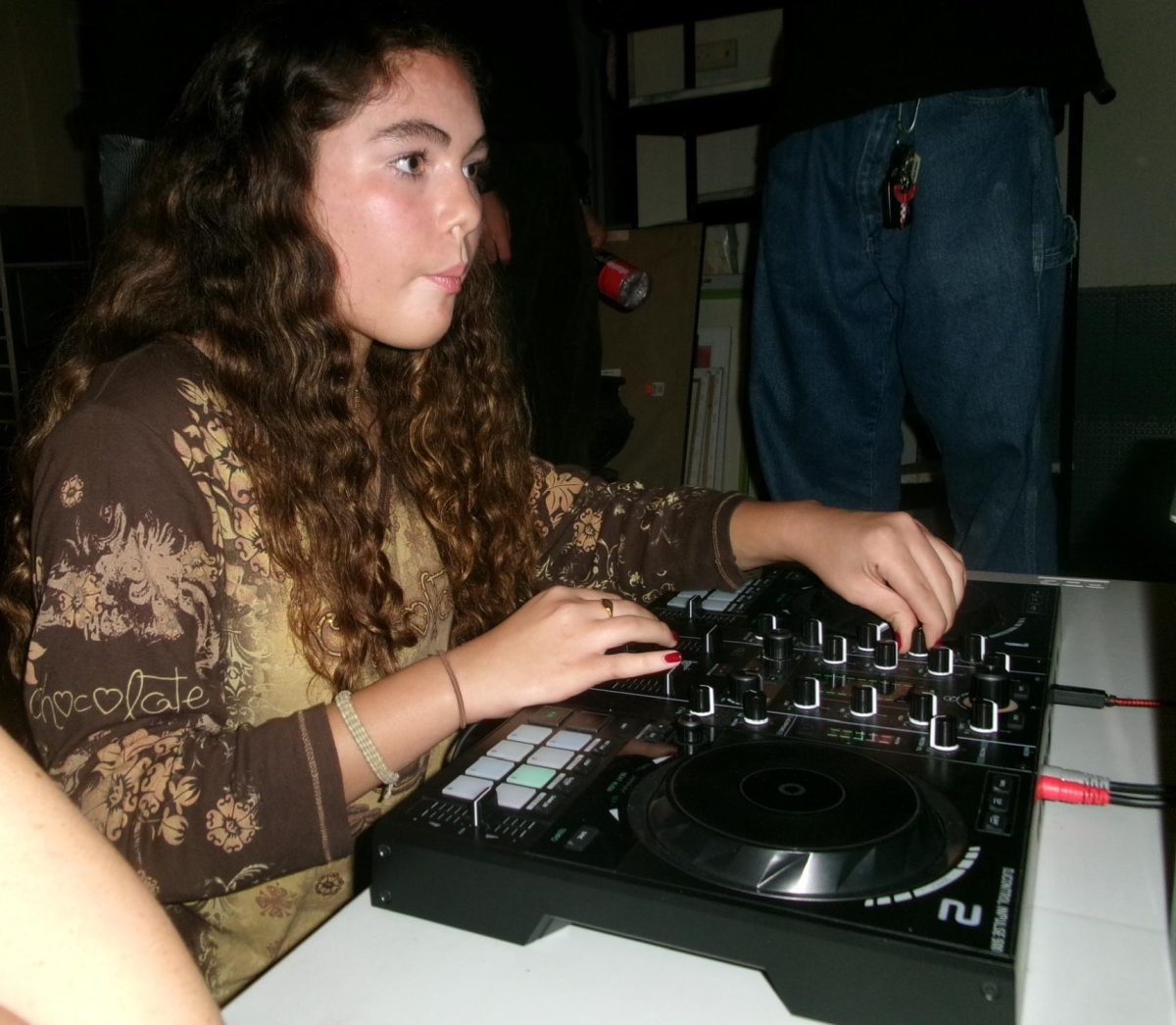The Last Bookstore in downtown Los Angeles is California’s largest bookstore, containing a whopping 500,000 books. It seems to contain every book imaginable, from used chemistry textbooks to graphic novels to decorative books sorted by color. The Last Bookstore has a book for every reader.
Upon walking into “The Vault,” a tiny room tucked in the back corner of the bookstore, one could notice the lack of cell service. This is due to foot-thick walls and an enormous metal door, remnants from its function as an actual vault back when the building served its original purpose as a bank.
The room itself would be unremarkable if not for the hundreds of antique books lining the walls. These books were published from the early 1800s onwards. Surprisingly, they are all under ten dollars. During the countless hours I have spent there, I have concluded that many of the books are only useful to decorate bookshelves. But patience yields extraordinary reads. I have found a plethora of primary sources published during World War I and World War II that bring history to life. Another book, “Janey” by Inez Haynes Gillmore, a long-forgotten pioneer of the first-wave feminist movement, had an inscription by the author and a hundred-year-old newspaper clipping tucked inside, yet it set me back only six dollars. My most spectacular find was an autobiography by Elizabeth Cady Stanton, which included a signed letter in her own hand on the inside cover.
The ambiance of the bookstore also makes it a pleasant place to explore. Quirky wall decor and book art abound, including an arched tunnel made out of books that visitors can walk through in the “labyrinth” on the second floor, named because of the maze of bookshelves that one traverses while exploring this floor. The store is not completely dedicated to books, however, containing a large collection of records and a few art galleries in the labyrinth.
One of my few criticisms of the Last Bookstore is the lackluster art galleries. They are a waste of space. I have never been a huge fan of the artwork that they sell. Additionally, the items sold in the small art stores next to the galleries are overpriced, so patrons find themselves paying $15 for ordinary pencils and $20 for an artsy sticker. These galleries and art stores are not directly associated with the bookstore, but they share the second floor of the building and are advertised on the Last Bookstore’s website.
Nevertheless, the Last Bookstore is a treasure trove for book lovers, with antique and modern stories waiting to be discovered. This is an experience that Amazon could never match.




